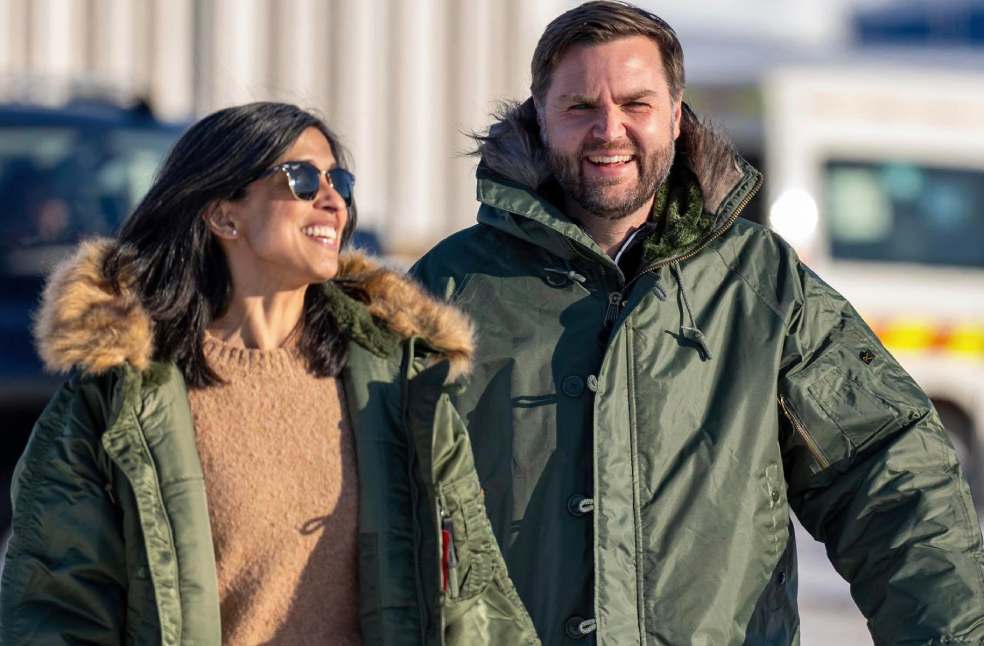India: The US Vice-president JD Vance has arrived in India for a four-day visit aimed at fast-tracking a bilateral trade talks with Prime Minister Narendra Modi, as Washington’s tariff war with China intensifies and global alliances face strain.
Landing in Delhi alongside his wife Usha Vance and their three children – Ewan, Vivek, and Mirabel – Vance’s trip includes both high-level negotiations and a personal sightseeing tour, including stops in Jaipur and at the Taj Mahal.
The White House framed the visit as focused on ‘shared economic and geopolitical priorities,’ while India considers it an opportunity to review progress in bilateral ties. The two countries are looking to finalise the first tranche of a sweeping trade agreement by autumn, building on a relationship that already accounts for over $190bn in two-way trade.
India has started cutting tariffs on several US goods, with further reductions expected, following the reimposition of 26 percent tariffs by Donald Trump earlier this month. A 90-day pause is in effect, but Delhi remains cautious about long-term impacts.

Protests, however, are brewing on the domestic front. On the day of Vance’s arrival, the All India Kisan Sabha (AIKS), India’s largest farmers’ union, called for nationwide demonstrations against the deal. The AIKS argues the trade pact could damage farm incomes, particularly in the dairy sector, and has accused US Commerce Secretary Howard Lutnick of ‘coercion.’
Concerns over immigration policies are also casting a shadow. Indian tech workers, who receive the majority of US H-1B visas, face growing uncertainty over re-entry rules. Meanwhile, new figures show that half of 327 student visa revocations involved Indian nationals – a trend Congress leader Jairam Ramesh called ‘random and unclear.’
Vance’s foreign policy style has been marked by blunt ‘America First’ rhetoric. On a recent European tour, he angered allies with comments on defence spending, and in Greenland, he stirred controversy by declaring, ‘We have to have Greenland.’
His visit follows that of US intelligence chief Tulsi Gabbard, who was in Delhi to strengthen the Quad alliance with India, Japan, and Australia. China, meanwhile, has been ramping up its regional diplomacy in a bid to present itself as a more stable economic partner.
While the trip’s diplomatic agenda is front and centre, officials say the personal aspect is equally meaningful. Usha Vance, born in the US to Indian immigrants, brings a symbolic connection to the country. Her presence, alongside the couple’s children, underscores what US aides describe as ‘deep and enduring ties’ between the two nations.



